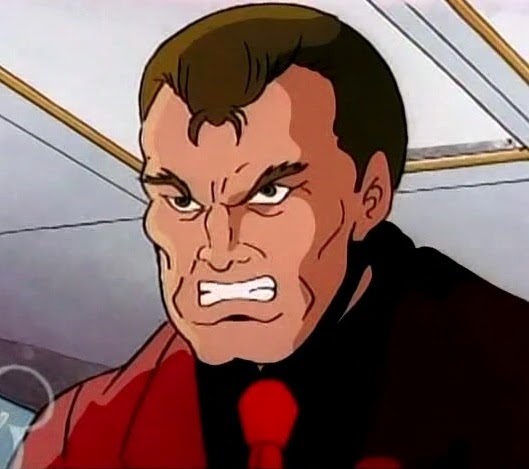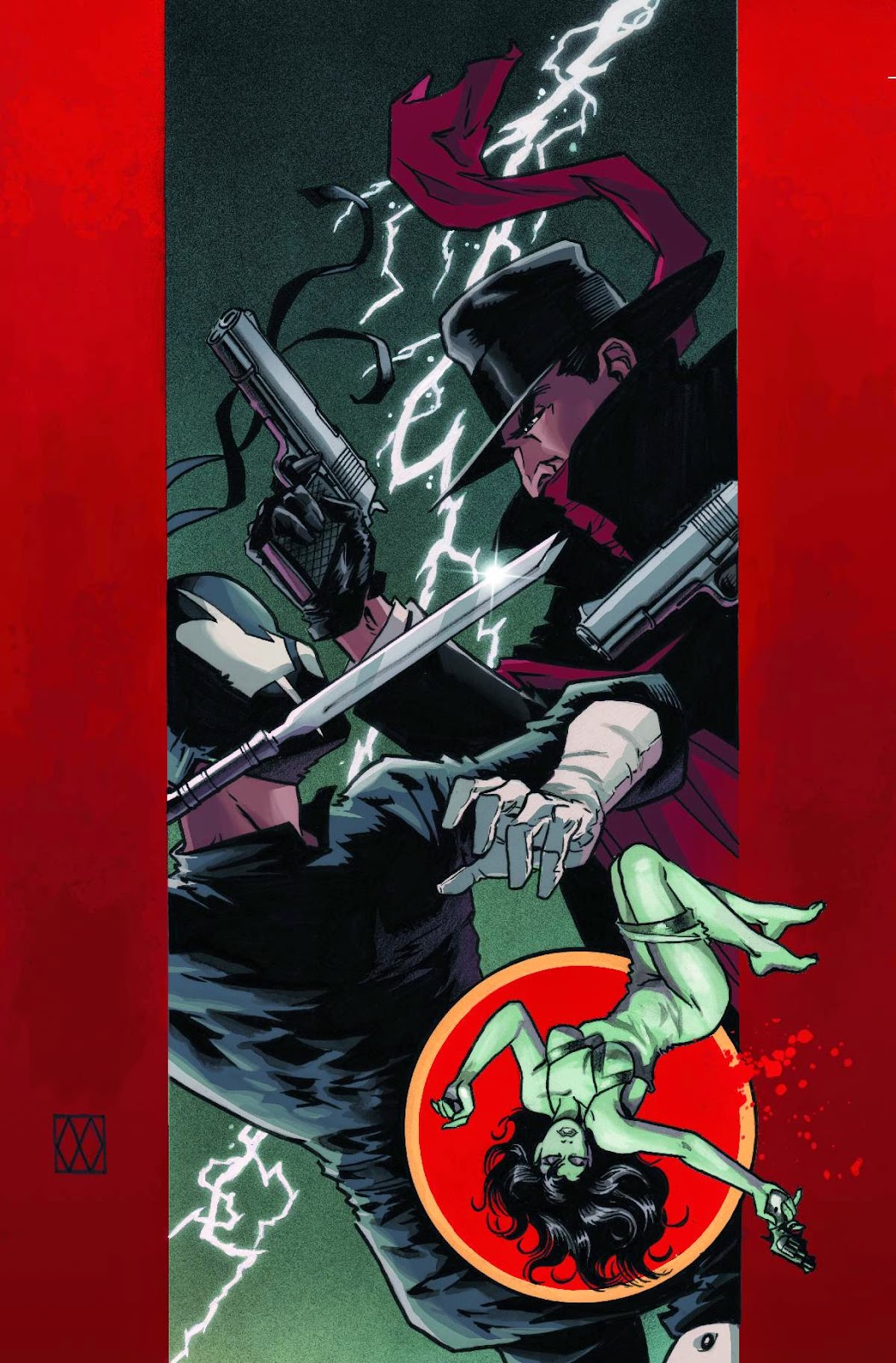Thanksgiving is a hard holiday to shoehorn into a superhero
story. It’s mostly cooking, eating and burping, which makes it better suited
for sitcoms.
Unless, that is, you’ve just come off back-to-back
crossovers and you need a breather issue. Which is why Uncanny X-Men #308 is a lesson
in perfect timing.
The issue follows an especially rough few months for the
X-Men. Illyana Rasputin dies of the Legacy Virus in #303. Magneto crashes her
funeral in #304 and invites all comers to live with him and the Acolytes
on his new space base, Avalon. Colossus, who’d also recently lost his brother,
takes him up on the offer. Then, in X-Men (Vol. 2) #25, the X-Men storm Avalon,
and Magneto rips the adamantium out of Wolverine’s skeleton. Wolverine then
runs off to lick his wounds in issue 75 of his own book. Finally, the X-Men and
the Avengers team up when Magneto’s new lieutenant, Exodus, goes rogue and
turns the capitol of Genosha into CBS’ Under
the Dome. Also somewhere in there the Phalanx made their first appearance,
but meh.
Thanksgiving gave the X-Men the chance to finally get back
to what they do best: hang out around the mansion, play sports and have sweet
character moments.
Seriously, if you want action, don’t read this issue. The
X-Men rake leaves, build a scarecrow, explain football to Bishop and his
glorious mullet and eat dinner at the table from The Last Supper. There’s only
one Claremont-style interlude foreshadowing the next big villain storyline, and
it’s about the Phalanx.
Which isn’t to say that nothing happened. In fact, a very
important something happened, as #308 is the issue in which Jean Grey orders
Scott Summers to “Marry me.” And because Cyclops is so good at following
orders, they were married literally two months later, in X-Men (Vol. 2) #30.
Other things to note:
My original copy has a non-house ad showing Scott and Jean
at the altar a full 10 pages before the proposal. Considering the Internet was
in its infancy and not everybody had a subscription to Wizard or Previews,
that’s one hell of a spoiler.
There are two empty word balloons in the issue, at least in
my copy, on opposing pages. There’s one on Page 20, as Xavier is about to be
tackled as a result of a wayward football (note: This was not one of those
periods when Xavier had the use of his legs). And on Page 21, after Jean says
“Marry me,” Scott asks “What did you say,” and she says a white roundish void.
The dinner table includes some notable guests, including
Kitty Pryde’s old dance teacher, Stevie Hunter; Trish Tilby, Beast’s news
anchor girlfriend from the X-Factor days; and Iceman’s parents, which is shocking
because Bobby’s dad is an unabashed mutant-hater, which is a major plot point
later in Scott Lobdell’s run.
Check out the Psylocke twins sitting across from each other
at the table. Betsy as we’ve known her since 1989 is smiling, while Revanche,
who believes herself to be and looks far more like the original Betsy, is not,
clearly miffed that the alleged imposter (actually the real deal) has gotten to
spend all this time fighting and eating giant turkeys alongside friends and
family. Revanche contracts the Legacy Virus but ultimately dies by the sword of
Japanese crime lord Matsu’o Tsurayaba. The important thing is she’s dead.
Jubilee appears to have formed a bond with Beast in this
issue, jumping into leaf piles together and generally goofing off. It was only
a couple months before that Jubes had to say goodbye to her friend and original
X-mentor, Wolverine, who had set off on a journey that would see him revisit
his roster of villains sans adamantium.
There’s something comforting about John Romita Jr.’s art,
all those squared shoulders and jawlines and hatchmarks. Maybe it’s the fact
that he was one of the first artists whose work I remember encountering when I
got into comics, maybe it’s the fact that he’s the scion of one of the original
Marvel pencilers, maybe it’s the fact that he’d been drawing mutants since the
’80s, but whenever I see his art, be it in X-Men or Eternals or Captain America
or now Superman, it feels like a warm, fuzzy blanket.
For some of the X-Men’s other great post-event cool-downs,
check out:
Uncanny X-Men #138 (1980): Claremont did it first. After the
nearly half-a-decade-long Phoenix arc, the X-Men mourn Jean Grey, a grieving
Cyclops leaves the team (to find new women to love on), Angel decides to stick
around for a while (before leaving for more questionable teams) and a young,
wide-eyed Kitty Pryde arrives at the X-mansion to begin her training.
Uncanny X-Men #273 (1990): A too-many-mutants issue. After
the X-tinction Agenda, the X-Men, X-Factor and New Mutants all find themselves
fighting for the bathroom in the basement of the destroyed X-Mansion. The
mutants mingle and argue philosophies with Cable, the guy who showed up out of
nowhere and turned the New Mutants into his own personal paramilitary unit. At
the end, Lila Cheney shows up and teleports whatever random X-Men she can find
off to space to save Professor X.
X-Factor #70 (1991): The beginning of a beautiful friendship
between Peter David and Marvel’s second-tier mutants. After the Muir Island
Saga, which brought together the X-Men, X-Factor and a bunch of strays,
Professor X ponders what to do with them all. (Beast’s response: “Eh, bag
’em.”) Notable for a scene in which Wolverine eats a cigar stub.
Uncanny X-Men #297 (1992): The best of Scott
Lobdell’s breather issues. In the wake of the X-Cutioner’s Song, Professor
X, who ever-so-briefly can walk again after being nearly assassinated by
Stryfe, goes roller-blading with Jubilee. When Xavier’s legs finally give out,
the reader’s heart breaks as much as Jubilee’s in that moment. Also: Beast and
Archangel rebuild their old teenage haunt.
Uncanny X-Men #318 (1994): The X-Men ship Jubilee off to the
Massachusetts Academy with a bunch of other mutants they picked up during the
Phalanx Covenant so Lobdell could launch Generation X, aka the Newer Mutants.
And Beast drives around new recruit Skin, who proves to be as much of a sad
sack on the inside as he is on the outside.
Excalibur #91 (1995): The U.K. X-team heads to the mainland
for a pub night following Warren
Ellis’ Dream Nails storyline, in which Kitty Pryde and Pete Wisdom uncover
government cover-ups and an alien race that killed its own god. Pete and Kitty
admit they’re schtupping to the rest of the team, Brian Braddock and
Nightcrawler politely but firmly threaten Wisdom, and then Colossus shows up
after months in space and beats the crap out of him the next issue.
Dan Grote has been a
Matt Signal contributor since 2014 and friends with Matt since there were four
Supermen and two Psylockes. His two novels, My Evil Twin and I and Of Robots, God and Government, are available on Amazon.








































